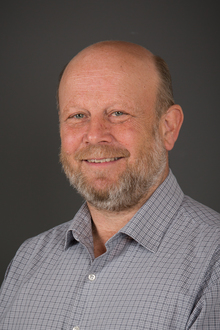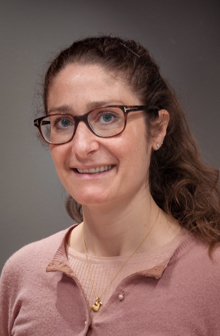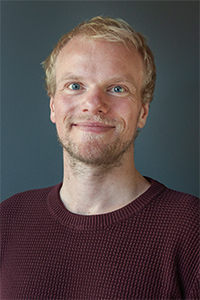Project background – Persistent wage inequalities in the Norwegian labor market
The gender wage gap persists. In 2022, women had approximately 12 percent lower monthly wages than men, according to Statistics Norway (SSB). Although the wage gap has decreased significantly since the 1970s and 80s, the trend flattened out in the 1990s – despite increasing gender equality in several other areas.
A key explanation for the gender wage gap is the gender segregated labor market – that is, women and men work in different occupations, industries, and sectors with different average wage levels. Even within workplaces, there is significant wage difference between women and men in the same occupation. Also, parenthood contributes to increased wage differences between women and men performing the same work.
Little research exists, however, on the wage inequalities between women and men performing work of equal value. Norway has in recent years joined several international agreements (ILO and UN) that affirm the right to equal pay for work of equal value. However, what constitutes "work of equal value" is not clear. According to the Equality and Anti-Discrimination Act § 34, it should be defined through a "comprehensive assessment that takes into account the competence required to perform the work and other relevant factors, such as effort, responsibility, and working conditions," and "the right applies regardless of whether the work belongs to different fields or wages are regulated by different collective agreements." Currently, there exist no national statistics or indicator for wage differences between women and men performing work of equal value.
Project purpose – Mapping and explaining the gender wage gap
The project aims to provide new knowledge and updated analyses of the level and development of the gender wage gap in Norway from 2015 to 2022. Additionally, the project will assess possible indicators to analyze wage differences between women and men performing work of equal value at a national level.
Key Questions to Be Addressed:
- How has the gender wage gap evolved over time?
- What are the key causes of wage differences between men and women in Norway?
- How can one measure work of equal value?
Project Plan
The project consists of two sub-projects:
- Mapping and explaining the gender wage gap
Based on administrative register data, this sub-project will provide new and updated knowledge on the gender wage gap in general, wage differences between women and men performing what we can define as equal work, developments over time, and analyses of possible causes. We will compare women and men with the same education, position, and occupation, working in the same industry, sector (private/public), region, and/or company, and quantify how significant these different characteristics are in explaining wage differences. We will also examine the impact of age/seniority and parenthood on the gender wage gap over time. - Evaluation of possible indicators to measure work of equal value
This sub-project will evaluate possible indicators for wage differences between women and men performing work of equal value. The evaluations will be based on insights from sub-project 1 and the categorization in current legislation. Based on this, we will compare indicators that emphasize competence, responsibility, working conditions, and effort in employees' occupations. We will use data from the U.S. database O*NET with characteristics of occupations and workers, as well as Statistics Norway's quality of life survey.
The project has established an interdisciplinary group of experts within research on gender equality. In particular, the expert group will contribute to assessments of national indicators to measure work of equal value. The group consists of Anne Hellum (law, UiO), Are Skeie Hermansen (sociology, UiO), Ines Alisa Wagner (political science, UiO), and Pål Schøne (economics, ISF).
Privacy
The project processes personal data received from public records. It has been assessed to have the same purpose as the project Individual and collective outcomes of formal and informal institutions in the Nordic setting (NORLAB). This project has been assessed by Sikt - Data Protection Services. The Sikt reference is 219596. A data protection impact assessment (DPIA) has been prepared for this project.
Learn more about the data protection officer, your rights, and our research ethics guidelines.







